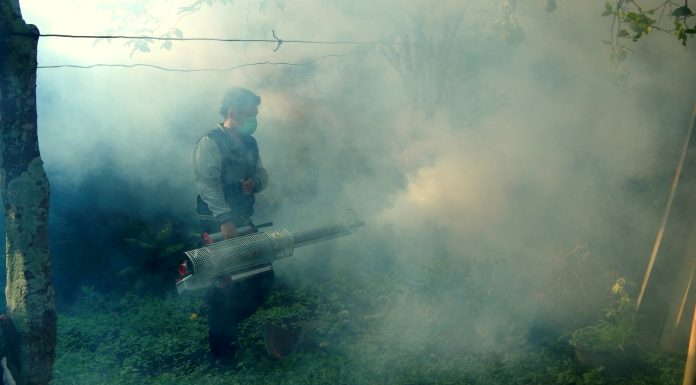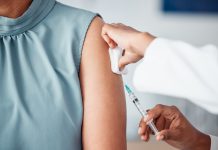As many as one in five dengue fever deaths in the Americas occur in Mexico, which is why identifying dengue fever hotspots is so important
With as many as one in five dengue fever deaths in the Americas occurring in Mexico, it’s time to curb the mosquito-borne illness in the country.
As well as a high number of deaths, the disease has become more severe over the past few decades, says the World Health Organization.
Could a Rutgers researcher help prevent deaths by identifying Dengue fever hotspots in Mexico?
Ubydul Haque, an assistant professor of global health at the Rutgers Global Health Institute, has analyzed data from Mexico’s Ministry of Health to locate dengue fever hotspots.
Haque has worked alongside epidemiologists at the University of North Texas and Universidad Autónoma de Nuevo León to calculate the environmental and socioeconomic risk factors. The team has then mapped areas where severe outbreaks occur and published the findings in the journal Ecological Informatics.
‘By knowing where severe dengue fever frequently occurs, we can significantly reduce the number of cases’
“These maps can aid health officials in targeting fogging activities or enhancing surveillance,” Haque said. “By knowing where severe dengue fever frequently occurs, we can significantly reduce the number of cases.”
Dengue fever reported in 28 of 32 states in Mexico
Unfortunately, dengue fever really is rife in Mexico after being reported in 28 of 32 states.
Undoubtedly, there is also a strong socioeconomic and weather element which affects dengue fever case counts in those states. However, the factors contributing to disease severity was not the purpose of this study and have not been researched.
Past research also has failed to account for geographic distribution of variants, or serotypes.
What are the dengue virus serotypes?
There are four dengue virus serotypes:
- DENV-1
- DENV-2
- DENV-3
- DENV-4
Levels of both transmissibility and lethality differ by each serotype.
So, in order to fill these gaps in the research, Haque analyzed laboratory-confirmed dengue fever infections from 71,059 individuals in 2,469 Mexican municipalities collected between 2012 and 2020. Samples included serotype classification.
This data was overlaid with localized weather and socioeconomic statistics, including literacy, access to health services, electricity and sanitation. This informed Haque’s overall results.
As expected, each degree Celsius increase in temperature was associated with lower rates of occurrence of the virus. This is because mosquito eggs do not hatch well in high heat.
However, as humidity increased, so did the rate of each virus serotype.
Moreover, the researchers determined that lower socioeconomic status increases the risk of dengue fever, and indicators such as access to education, information and infrastructure are better predictive factors of dengue fever distribution.
DENV-2 is deadlier compared to other serotypes
From the data collected, the team was able to produce heat maps identifying the dengue fever hotspots. The maps detailed both virus distribution and severity.
Generally speaking, dengue fever hotspots were observed in humid coastal regions at lower altitude. Throughout the country, the most prevalent serotype was DENV-2 and the least prevalent was DENV-4, Haque explained.
Efforts are underway to develop DENV-specific vaccines; however, mosquito control programs such as fogging and drone surveillance remain the most effective means of slowing the disease’s spread. But there is hope – Haque said data visualization can help health officials plan where to target their activities.
“From our data we know that DENV-2 is deadlier compared to other serotypes,” Haque said. “If regional health officials had limited resources for their control program, they could focus most of their resources in places where DENV-2 was prevalent.”
The WHO estimates that dengue fever infects as many as 400 million people every year – and this means thousands die.
With climate change predicted to increase dengue fever cases in Mexico over the coming decades, continuous surveillance of serotype patterns will be essential to preventing or slowing the rate of increase, Haque said.








